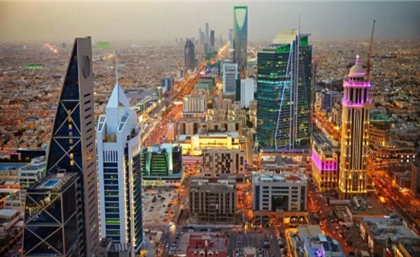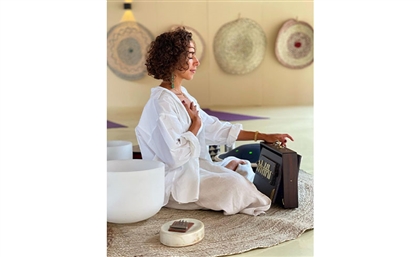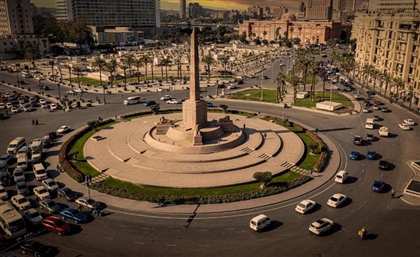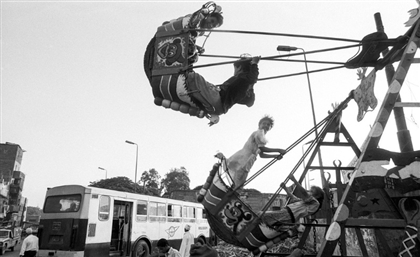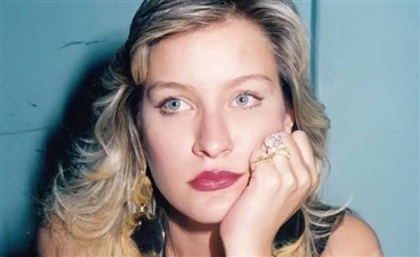Morphein? A (Painful) Beautiful Rebellion Is What You Are (Pill #3)
In search of existential morphine through her series, Morphein?, Sanabel al-Najjar will attempt (perhaps too ambitiously) to delve into our days and come up with conclusions about happiness and meaning in life.
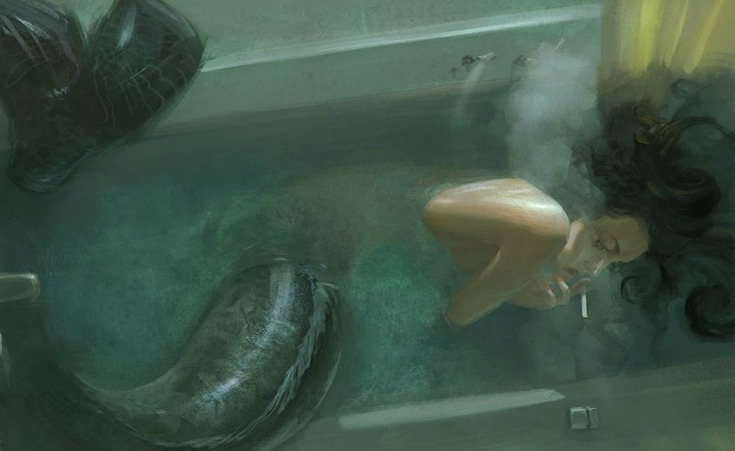
I think it’s an established fact that artists - especially poets- are always in pain.
But they are beautiful and are hopeless romantics for life with all its apparent and camouflaged changes. This is not said for the sake of referencing a cliché that's the image of the tortured artist, but comes as a conclusion (perhaps even a logical one), since artists have indefatigable minds that sometimes self-destructively seek to absorb every sight, smell, movement, shade, smell, and texture in order to feed the process of creation. The sunset you just passed by nonchalantly in your car will inspire a composer to create a musical piece that will shatter your spine; the sunlight broken at one of Downtown Cairo’s vintage windows will inspire a chilling photograph; while that face that has evoked love and pain in a melancholic poet will make for one of the most divine poems you have come across.
About nine years ago, I read a tiny short story by Khalil Jibran, which I would like to quote in its entirety below:
Said one oyster to a neighbouring oyster, “I have a very great pain within me. It is heavy and round and I am in distress.” And the other oyster replied with haughty complacence, “Praise be to the heavens and to the sea, I have no pain within me. I am well and whole both within and without.”At that moment a crab was passing by and heard the two oysters, and he said to the one who was well and whole both within and without, “Yes, you are well and whole; but the pain that your neighbour bears is a pearl of exceeding beauty.”
The story struck me as genuine because somehow, in the back of my mind, even before understanding why or even acknowledging the conclusion, I knew that beauty was painful and that beautiful people, the graceful creators, are perennially in pain. Didn’t Vincent Van Gogh, as he was passing by a street one time, rip off his ear and gift it to a prostitute and then go home and draw himself, naming his painting Self-Portrait With A Bandage? The kind of urgent pain that must have taken over his eyes at the time, and which inspired something seemingly radical and ‘crazy’ or at least ‘unfathomable’ is the same kind of pain that drove the artist to paint some of the most serene and endearing paintings. You see, what Van Gogh drew gave soothing impressions for whoever stood facing his paintings, absorbing their essence. Serene, tranquil, joyous, warm, and pleasantly nostalgic are only some of the words one can use to describe Van Gogh’s works.
That pearl of exceeding beauty mentioned in Jibran’s story not only makes the oyster valuable and beautiful, but is also a symbolic reference of the (physical) pain that lives within her. All artists have pearls within them, but the pain caused by the pearl is what drives the chilling creation process that raises humans to the sublime skies, a stage of human presence unreachable otherwise. And so, pain is not ‘bad’. Pain should not be seen as a destructor of joy or enjoyment. The great artists were not the ones who learned to avoid pain (as that might not be possible), but the ones who learned to live with this pain, welcome and embrace it and not shy away from it and try to flee it like whining children. Pain comes as a warrant of being alive.
If you don’t feel the weight of heavy knots inside your stomach every once in a while, then you must know that you have rejected beauty. Living is what causes the formation of those knots inside your chest and stomach. They are tiny little alarms, paranoid that you should leave the comfort and sweat of the same corner for years. The alarms resound because movement makes your vulnerable.
And it really does.
But remember that time you were sitting in that same living room under the same fluorescent lights and felt like you wanted to run as fast your feet can, yelling at the top of your lungs? That was a cry for change, for movement, for rebellion against your current self, your current surrounding, your current essence, and your current thoughts. And you will run and the winds will sometimes travel against your face, and you will fall, and you will feel waves and waves of a myriad of coloured pains piercing your soft skin.
But all beautiful things are painful; all pearls are heavy to carry. But pain does not and definitely should not end joy. Pain as an indicator of being alive. What the (happily) tortured artist does is an alchemic process of turning the pain to gold in our souls. They embrace pain like an old friend, make coffee for him, and open up to him about the most intimate details of their lives and thoughts. Pain listens. Sometimes he lingers for long, but I bet it was a similar visit that inspired Clint Mansell’s Death is the Road to Awe’s painfully beautiful music piece. It was probably also when pain lingered that William Butler Yeats was inspired to write The Host of The Air’s poem and it is the same company that made for Ghaleb Halasa’s Laughter.
Artists are artists because they embrace pain and use it as raw material for the most genuine and, yes, beautiful articulations and reflections of the human spirit, which is mostly lost in this great and glorious universe. Their embrace of pain is an act of rebellion against all the ‘established norms’ about humans having to be happy and chipperish and seeking none but that, and constantly failing to. And this powerful act of rebellion in itself carries rare seeds of genuine joy; not the kind of joy we see in gigantic happy family ads promoting a TV stuck on a billboard, or the airbrushed Instagram pictures of that ‘badass couple’, or even the presumed joy of getting admitted into that university you have slaved yourself to enter.
This is the real deal. The real joy, whose indents stay within you till your hair turns white and your bones brittle and you smile, reminiscing on nothing else.
Life is so bloody beautiful, but it is also painful. But pain should never stop you from pursuing and feeling joy crash unto your skull like a long-forgotten tune. Embracing pain is the most beautiful act of rebellion you can ever owe to yourself.
And, in some cases, for all humanity.
Artwork: 'Out of Water' by Saiful Haque
Trending This Week
-
Apr 10, 2024




